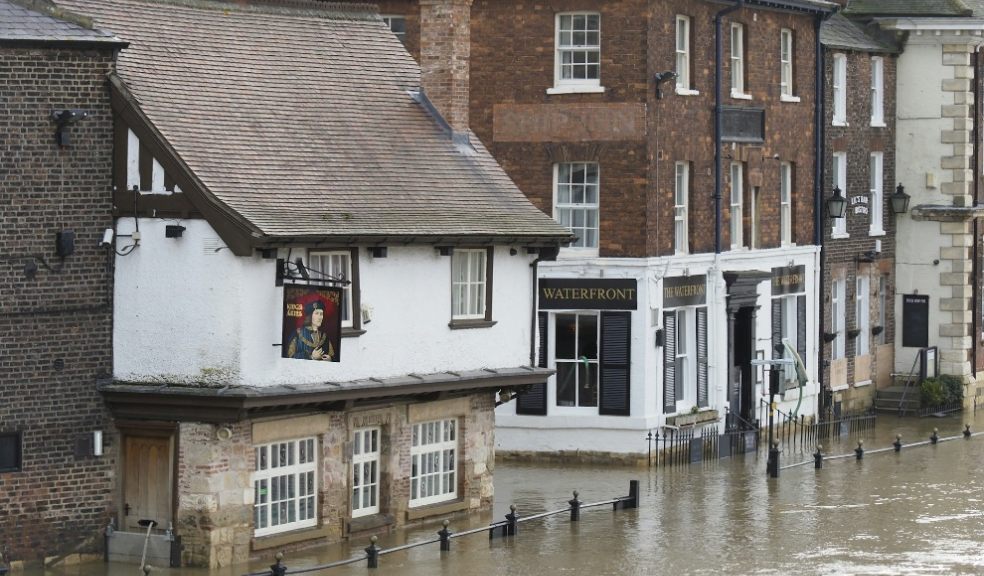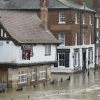
What You Need to Know about Preparing for Natural Disasters
Natural disasters can be both unpredictable and devastating, but adequate preparation can significantly mitigate their impact on your safety and well-being. Whether you live in an area prone to hurricanes, earthquakes, floods, tornadoes, or wildfires, understanding how to prepare can make a crucial difference. Here’s what you need to know about preparing for natural disasters:
Understand Local Risks
The initial step in disaster preparedness is to identify the types of natural disasters most likely to impact your area. Investigate the prevalent hazards in your region—such as hurricanes in coastal areas, earthquakes in the Pacific Northwest, floods in low-lying areas, or wildfires in dry, forested regions. Understanding these risks will allow you to customise your preparedness efforts to address the specific threats you may encounter.
Create a Comprehensive Emergency Plan
Developing a well-thought-out emergency plan is crucial. Your plan should include:
- Escape Routes: Identify multiple routes out of your home and neighbourhood. Practice these routes with your family to ensure everyone knows how to evacuate safely.
- Meeting Points: Designate safe meeting points inside and outside your home where family members can regroup if separated during a disaster.
- Communication Plan: Create a communication plan. Include a list of emergency contacts and alternative methods for staying in touch if phone lines are unavailable, such as using social media or designating an out-of-town family member as a central contact point.
Assemble an Emergency Kit
An emergency kit should be equipped with essential supplies to support you and your family for a minimum of 72 hours. Essential items to include are:
- Water: At least one gallon per person per day for drinking and sanitation.
- Food: Non-perishable, easy-to-prepare items such as canned goods, dried fruits, and nuts.
- First-Aid Kit: Include bandages, antiseptics, prescription medications, and a thermometer.
- Tools and Supplies: A survival tool list would include a flashlight, extra batteries, a multi-tool, and a manual can opener at least.
- Personal Items: Hygiene products, important documents, and cash.
Secure Your Home
Make your home more resilient to natural disasters by taking preventive measures. For example:
- Hurricanes: Install storm shutters or board up windows, and secure outdoor items that could become projectiles.
- Earthquakes: Bolt heavy furniture to walls, secure appliances, and ensure that your home is properly retrofitted to withstand seismic activity.
- Floods: Elevate electrical systems and appliances, and consider installing sump pumps or flood barriers.
- Wildfires: Create a defensible space by clearing flammable vegetation and using fire-resistant materials for roofing and siding.
Prepare for Special Needs
If you or your family members have special needs, such as medical conditions or mobility issues, plan accordingly. Ensure you have an adequate supply of medications and medical equipment. Consider arrangements for evacuation if necessary and plan for accessible transportation.
Stay Informed
Keep up with weather forecasts and emergency alerts from reliable sources. Sign up for local alert systems and monitor radio broadcasts or weather apps for real-time updates. Understanding the warnings and advisories for your area will help you act quickly when needed.
Practice Your Plan
Frequently practice your emergency plan with all family members, including children. Conduct drills to make sure everyone understands what to do and where to go during a disaster. Review and modify your plan as necessary based on these practice sessions.
Insurance and Documentation
Review your insurance policies to ensure they cover natural disasters relevant to your area. Keep copies of important documents, such as insurance papers, identification, and medical records, in a waterproof container.
Community Involvement
Engage with local emergency preparedness programs and community groups. Participating in neighbourhood preparedness initiatives and training sessions, such as CERT (Community Emergency Response Team), can enhance your knowledge and provide valuable resources in times of need.
Stay Calm and Stay Safe
During a natural disaster, remaining calm is essential. Follow your emergency plan, adhere to safety instructions, and stay informed through reliable sources. Your preparation will help you manage the situation more effectively and ensure the safety of your family.

















